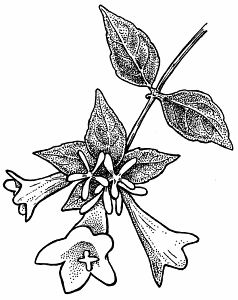: any of a genus (Abelia) of Asian or Mexican shrubs of the honeysuckle family having opposite leaves and white, red, or pink flowers
Subscribe to America's largest dictionary and get thousands more definitions and advanced search—ad free!
Merriam-Webster unabridged

Share